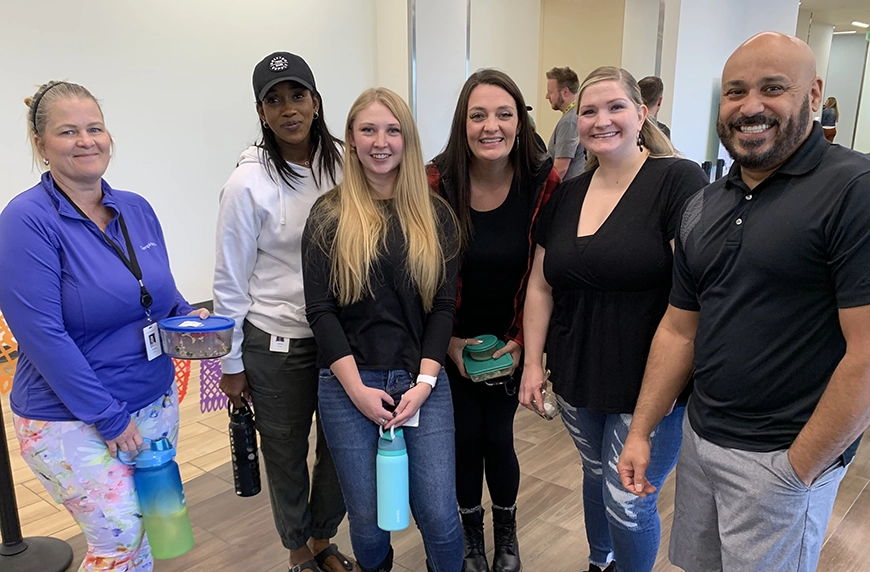
CHG uses its core values—including Putting People First—to guide everything that we do. And one of the ways we make sure we’re putting people first is by ensuring our employees—particularly members of underrepresented or marginalized groups—feel valued, welcome, and safe. And we feel that introducing the concept of Allyship in tandem with our formal Allyship training program is one of the ways we do so.
What is Allyship?
Allyship isn’t a new concept, but formal allyship training has emerged as an integral part of companies’ inclusion and belonging initiatives.
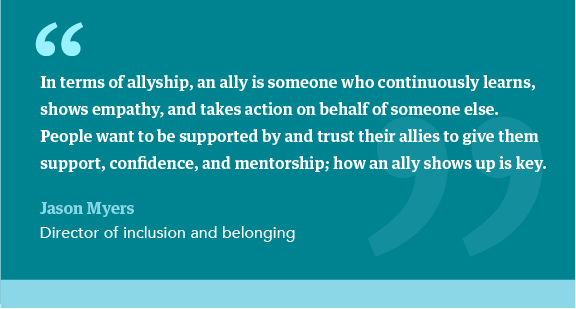
Myers continues: “And at some point in your life, no matter who you are and how you identify, you will need an ally. Although marginalized groups may be top of mind when you think about who may need an ally, there are also, for example, employees who are new to CHG who need an ally, or an individual who’s lost a loved one or received a tough medical diagnosis. Everyone needs an ally.”
The different stages of the Allyship journey
We’re not born an ally; it’s something that we need to learn and actively cultivate. Myers explains that there are four phases of the Allyship journey—the unaware phase, the observer phase, the learner phase, and the Allyship phase.
“In the training, we take our employees through the journey, we share some fictional and personal examples, and then we teach about common potholes that folks are going to face through the Allyship journey, mistakes they’re going to make,” Myers explains. “We talk a lot about how you’re going to make some mistakes and the key is how you respond to those mistakes.”
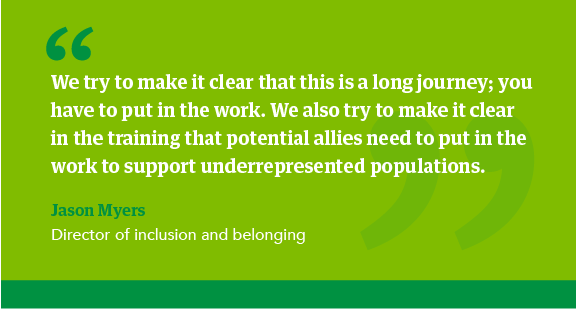
Myers shares, “We try to make it clear that this is a long journey; you have to put in the work. We also try to make it clear in the training that potential allies need to put in the work to support underrepresented populations.”
MSS coordinator Emeline Adams, of Polynesian descent, agrees. “It is so important to highlight marginalized communities by encouraging us to amplify our voices to elevate our culture and better our experiences for underrepresented coworkers. It has truly been a breath of fresh air to see the inclusivity here at CHG, and I’m proud to be an ally and to know that I have allies here at work.”
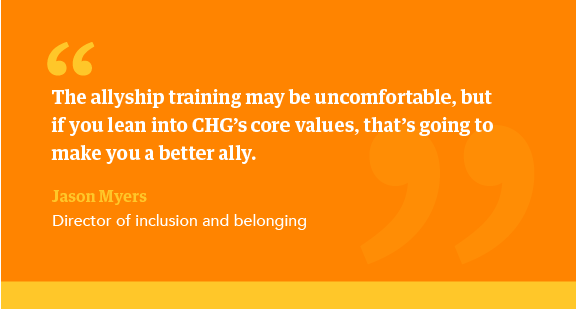
Myers says that we’re all going to make mistakes along the way. “It’s going to be uncomfortable, but if you lean into CHG’s core values, that’s going to make you a better ally.”
But, he warns, when a self-proclaimed ally says or does nothing at all, that's the most harmful thing an ally can really do. “If they never use the privilege that they have to step up and support someone, that’s very detrimental.”
LEARN MORE: 5 ways CHG is working to strengthen inclusion and belonging
The importance of personal stories in Allyship training
Allyship training at CHG is full of stories—both personal and fictional—to illustrate how having an ally is invaluable for people in marginalized groups.
“For example, there are subtle acts of inclusion, like I share my pronouns or a visual descriptor of myself so that individuals with visual impairments may feel more included,” Myers says. “And my co-trainers share their racial and ethnic backgrounds and talk about that. That’s how we start the training to help people feel more included and understood.”
Many of our employees who’ve taken the training told us that hearing others’ personal stories was very impactful. “I appreciate the vulnerability of the hosts in sharing their stories. It’s not always easy I’m sure, but it helped make the topic real rather than aspirational,” one trainee says. Another shares, “Thank you for sharing your personal stories with me. I heard touching stories of how allies have actually been heroes in many cases.”
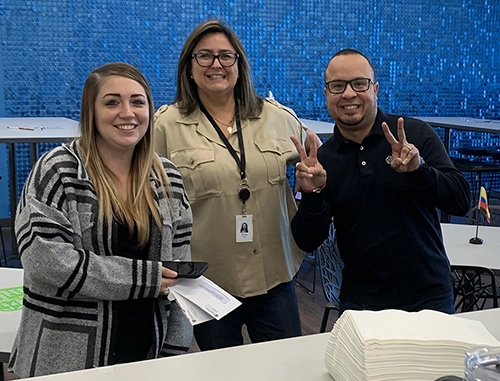
Allyship is not about you—it’s about those in need of support
Myers explains that at its core, Allyship is using your voice or acting for an individual, but in the way they need. “When you’re an ally for an individual, you’ll know how they want to be supported, like if they need you to speak up for them or just sit back and support their voice. When you’re an ally for an individual, it’s getting to know them on an individual basis and learning how they want you to show up for them.”
The key to Allyship is that this is not about you. It's about the person you're supporting. “You're taking yourself out of the equation,” Myers explains. “People want to be supported by and trust their allies, giving them support, or confidence, or mentorship; how an ally shows up is key.”
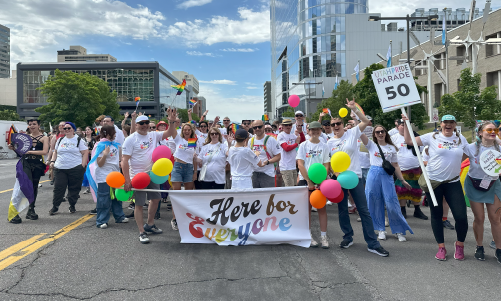
“I now realize how I can influence and stand up for others, specifically how I can create a space for others to talk when they wouldn’t normally have a voice,” says Scott Rasmussen, VP of operational services. “Allyship is a journey for everyone and is something I will always need to focus on as I continue to learn about others.”
CHG’s Allyship training is making a difference
CHG is proud of the Allyship training program we’ve created, and we look forward to having even more of our employees take the training. To date, we’ve had nearly 500 employees participate in our Allyship training.
“I think for me, it’s as simple as knowing that I work for a company that supports me in supporting other people,” says Keith Michaud, manager, IT services. “Working for a company that not only supports this type of behavior but actually has dedicated resources to promoting it makes a world of difference and truly shows where the company’s heart is.”
Want to work for a company that wants everyone to feel safe and included? Apply today!